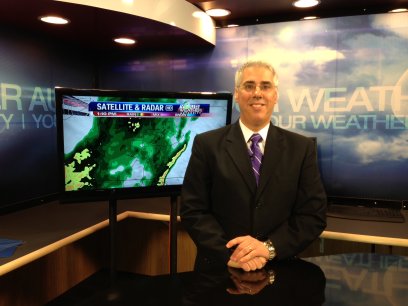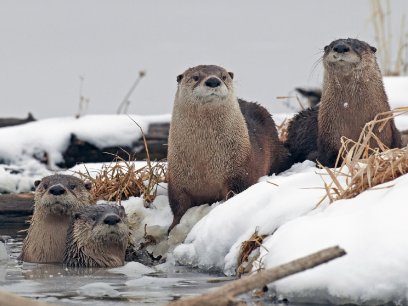
To track environmental changes, researchers require numerous observations, measurements, monitoring, and data sets to be collected. Engaging non-professional volunteers in scientific investigations allows researchers to collect such information on a larger scale. This approach to data collection, known as citizen science, has been useful in tracking trends associated with a changing climate such as alterations in bird behaviors, earlier and longer allergy seasons, and shifting habitats of frogs, pollinators, marine species, and other US wildlife.
Using citizen science to collect more information allows scientists to better understand what is needed to develop management plans to adapt to a changing climate. For example, managers at Saguaro National Park in Arizona use citizen science to collect data on plant populations, such as the iconic saguaro cactus, that helps the National Park Service plan for the future of the park as the climate of the Southwest changes.
Get Involved:
Register and/or participate in a National Public Lands Day event near you.
Participate in the citizen science projects below to take part in tracking environmental and climate change.
- Nature’s Notebook aims to record two million citizen science records this year to track key seasonal changes in plants and animals.
- Humingbirds@Home seeks to observe how climate change may be affecting hummingbirds by having participants document feeding patterns.
- Bee-Friend your Garden asks participants to record the insects that visit their garden to build an understanding of which plants are most attractive to different insects.
- The Monarch Larva Monitoring Project uses citizen science data to conserve monarch butterflies and advance knowledge on butterfly ecology.
- FrogWatch USA encourages participants to examine frog distribution, timing of calls, and other data.
- JellyWatch records sigthings of jellyfish and other marine organisms to help marine biologists better understand the ocean ecosystem.
- YardMap asks individuals to draw maps of their backyards, parks, farms, favorite birding locations, schools, and gardens to gain a better understanding of US bird habitat.
Learn More:
- Explore the Surrounded by Science infographic.
- Learn more about how the scientific community benefits from citizen science in the Citizen Science is Blooming infographic.
Sources:
- Hurlbert, A., Liang, Z. 2012. “Spatiotemporal Variation in Avian Migration Phenology: Citizen Science Reveals Effects of Climate Change.” PLoS ONE 7(2): e31662. http://journals.plos.org/plosone/article?id=10.1371/journal.pone.0031662
- National Park Service. 2016. “Climate Change: Citizen Science.” Accessed July 7. https://www.nps.gov/subjects/climatechange/citizenscience.htm
- National Park Service. 2016. “Sauaro Citizen Science." Accessed July 7. https://www.nps.gov/articles/sagucitizenscience.htm
- Tulloch, A., Possingham, H., Joseph, L., et al. 2013. “Realising the Full Potential of Citizen Science Monitoring Programs.” Biological Conservation. Volume 165. Pg 128-138. http://www.sciencedirect.com/science/article/pii/S0006320713001754


